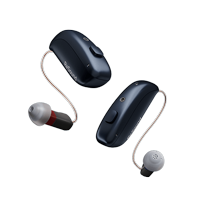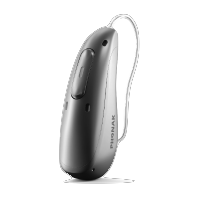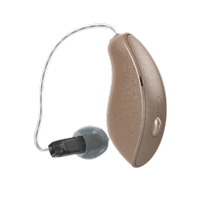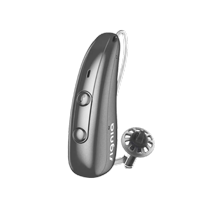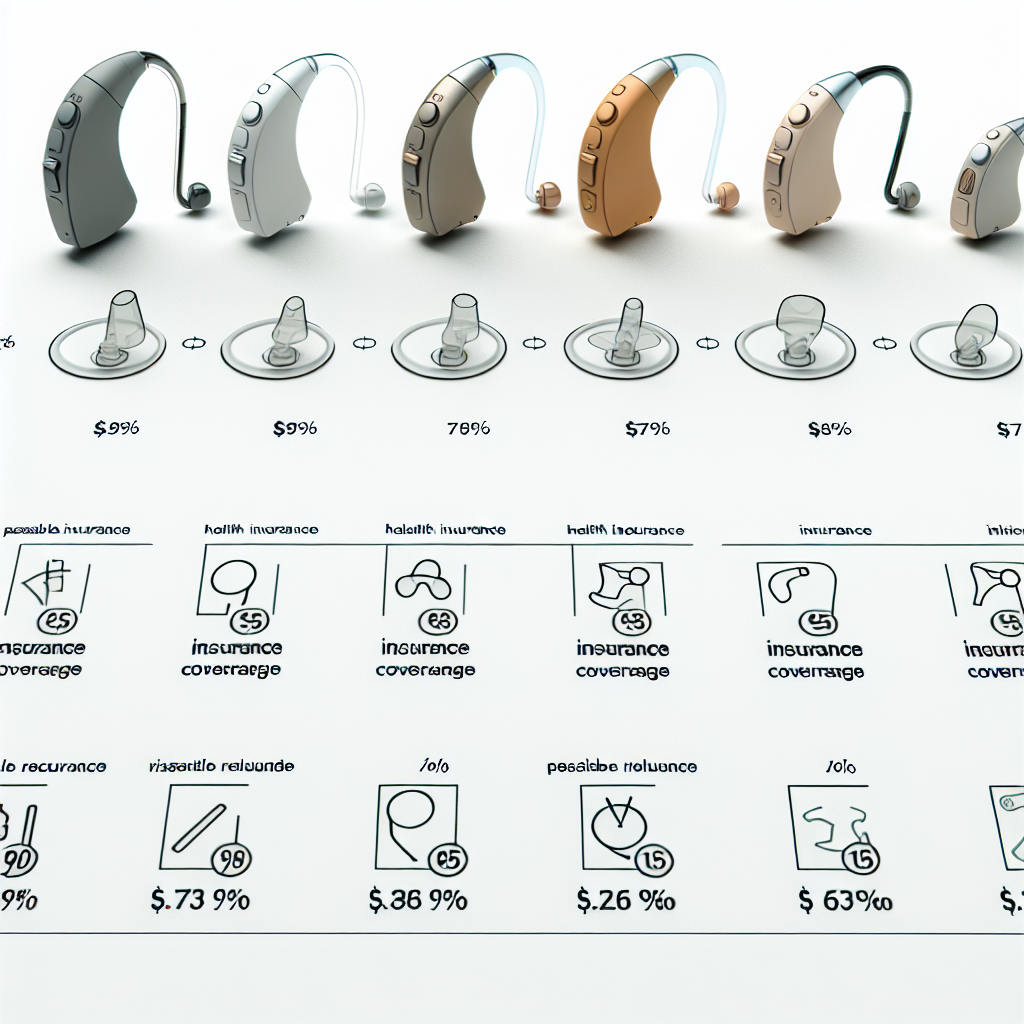
Understanding the cost of hearing aids with insurance can be overwhelming, but it’s a crucial step in making informed decisions about your hearing health. With various insurance plans offering different levels of coverage, knowing what to expect can help you budget effectively for these essential devices.
Understanding Insurance Coverage for Hearing Aids
Most insurance plans provide some level of hearing aid coverage, but the extent varies significantly. Traditional health insurance plans typically cover hearing aids partially, while Medicare and Medicaid have specific guidelines for coverage eligibility.
The average cost of hearing aids ranges from $1,000 to $6,000 per device, depending on the technology level and features. With insurance, your out-of-pocket expenses can be substantially reduced, making quality hearing aids more accessible.
Types of Insurance Coverage
Private Health Insurance
Many private insurance plans now include hearing aid benefits, especially as awareness of hearing health importance grows. Coverage typically includes:
- Partial reimbursement for hearing aid purchases
- Coverage for hearing testing and evaluations
- Annual or biennial hearing aid allowances
- Discounts through preferred provider networks
Medicare Coverage
Traditional Medicare generally doesn’t cover hearing aids, but Medicare Advantage plans often provide hearing aid benefits. These plans may offer:
- Annual hearing aid allowances ranging from $500 to $3,000
- Covered hearing evaluations
- Access to preferred hearing care providers
Medicaid Coverage
Medicaid coverage for hearing aids varies by state, but many states provide coverage for medically necessary hearing aids, particularly for children and adults with specific qualifying conditions.
Factors Affecting Insurance Coverage Costs
Several factors influence how much you’ll pay for hearing aids with insurance:
- Deductibles and copayments – Your plan’s deductible must typically be met before coverage begins
- Annual benefit limits – Most plans have maximum annual allowances for hearing aids
- Provider network restrictions – Using in-network providers often results in better coverage
- Technology level – Basic hearing aids may be fully covered, while premium models require additional out-of-pocket costs
- Frequency of replacement – Most plans allow new hearing aids every 3-5 years
Average Costs with Insurance
With insurance coverage, you can expect to pay:
- $500-$2,000 per hearing aid with good insurance coverage
- $200-$500 for hearing testing and fitting services
- $50-$200 for follow-up appointments and adjustments
The total cost depends on your specific insurance plan, chosen hearing aid technology, and whether you need one or two devices.
Tips for Maximizing Insurance Benefits
To get the most from your hearing aid insurance coverage:
- Review your policy carefully – Understand your specific benefits and limitations
- Use in-network providers when possible
- Get pre-authorization if required by your plan
- Consider timing your purchase strategically within your benefit year
- Ask about payment plans or financing options
CalHearing Services: Your Partner in Hearing Health
At CalHearing, we understand the complexities of insurance coverage and are committed to helping you navigate your hearing health journey. Our comprehensive services include:
- Hearing Testing – Comprehensive evaluations to determine your hearing needs
- Hearing Aid Fitting – Professional fitting and programming services
- Tinnitus Therapy – Specialized treatment for tinnitus management
- Hearing Protection – Custom solutions to protect your hearing
- Hearing Aid Repairs – Expert repair services for all hearing aid brands
Our experienced team works with various insurance providers and can help you understand your benefits and maximize your coverage. We serve multiple areas and are committed to providing accessible, quality hearing care.
Making Informed Decisions
When considering hearing aids with insurance, it’s important to work with qualified professionals who can guide you through the process. Professional hearing testing is the first step in determining your needs and ensuring you select the most appropriate devices.
Consider factors beyond just cost, including:
- Technology features that match your lifestyle
- Warranty and service options
- Provider support and follow-up care
- Adjustment and maintenance services
For additional information and resources about hearing health, visit our resources page or explore our blog for helpful tips and insights.
Conclusion
Understanding hearing aid costs with insurance doesn’t have to be complicated. With proper planning and the right professional guidance, you can find affordable solutions that improve your quality of life. Remember that investing in your hearing health is an investment in your overall well-being and communication abilities.
The key is to thoroughly research your insurance benefits, work with experienced hearing professionals, and choose hearing aids that meet both your hearing needs and budget requirements.
Ready to explore your hearing aid options and insurance benefits? Contact CalHearing today to schedule your consultation and take the first step toward better hearing health.



